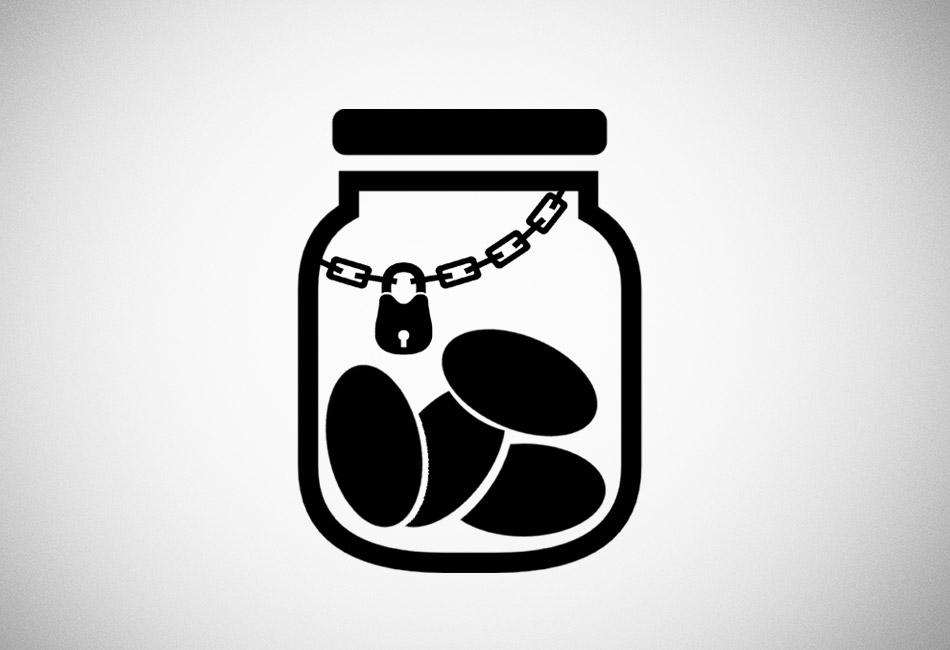Food is not just fuel for the body. It also affects our minds and brings us a certain amount of pleasure, and that pleasure has a physical response. Whenever we eat something we really like, for example a slice of chocolate cake, our brain releases pleasure hormones like dopamine. Dopamine is a neurotransmitter that helps control the brain's reward and pleasure centers and helps regulate movement and emotional responses.
This makes the mental aspect of eating well as important an element of fitness as training. Here’s how: recent research showed that the reason dopamine is released is because our body builds up a craving for something when we deny it. Think how good a frosty glass of cold water makes you feel on a really hot day when you haven’t had anything to drink for hours. Suddenly the feeling is associated with an intense emotional pleasure. If, however, you keep on drinking frosty glasses of cold water every five minutes the emotional response fades.
The water continues to hydrate the body and quench the thirst but the mental component is not there anymore. That’s called habituation and it leads to a decreased dopamine response which then makes the drinking of a frosty glass of water, in this case, less pleasurable even if we have not yet fully hydrated.
The same thing can happen with food and sweets. If we visualize eating a sweet or having some food beforehand, our bodies produce the same dopamine response as if we were actually eating the food or the sweets. As we continue to visualize habituation takes place. Basically our bodies tire of having our minds tell them how great this is. So, when it comes to next eating food or having a sweet the emotional response is not quite as strong and we eat a lot less than if we hadn’t imagined eating in the first place.
Knowing this gives us a handy mechanism for controlling our appetite. We all get strong cravings for certain foods or sweets from time to time and what we try to do is ignore them. That usually proves quite difficult with the urge getting stronger and stronger at the back of our minds until we give in. The urge is usually the result of the body’s craving for dopamine. By visualizing eating our favorite food or snack we actually release dopamine in the bloodstream and experience some of the same emotional pleasure we do when we’re actually eating.
Depending on how strong the craving was, the kind of food we craved for and the strength of the dopamine response during our visualization what happens next will be one of the following:
- The craving may actually go away
- The craving may not go away but now it has become really easy to ignore
- We give in and actually eat the food or sweet we were visualizing eating, but with the dopamine response dramatically lower we actually have a lot less than we might otherwise have had
Irrespective of what happens with any of these we experience a win. We have turned the tables and instead of feeling captive to our cravings, unable to deny our innermost desires for food and sweets, we have used the hormonal response mechanism of our brains to take control.










